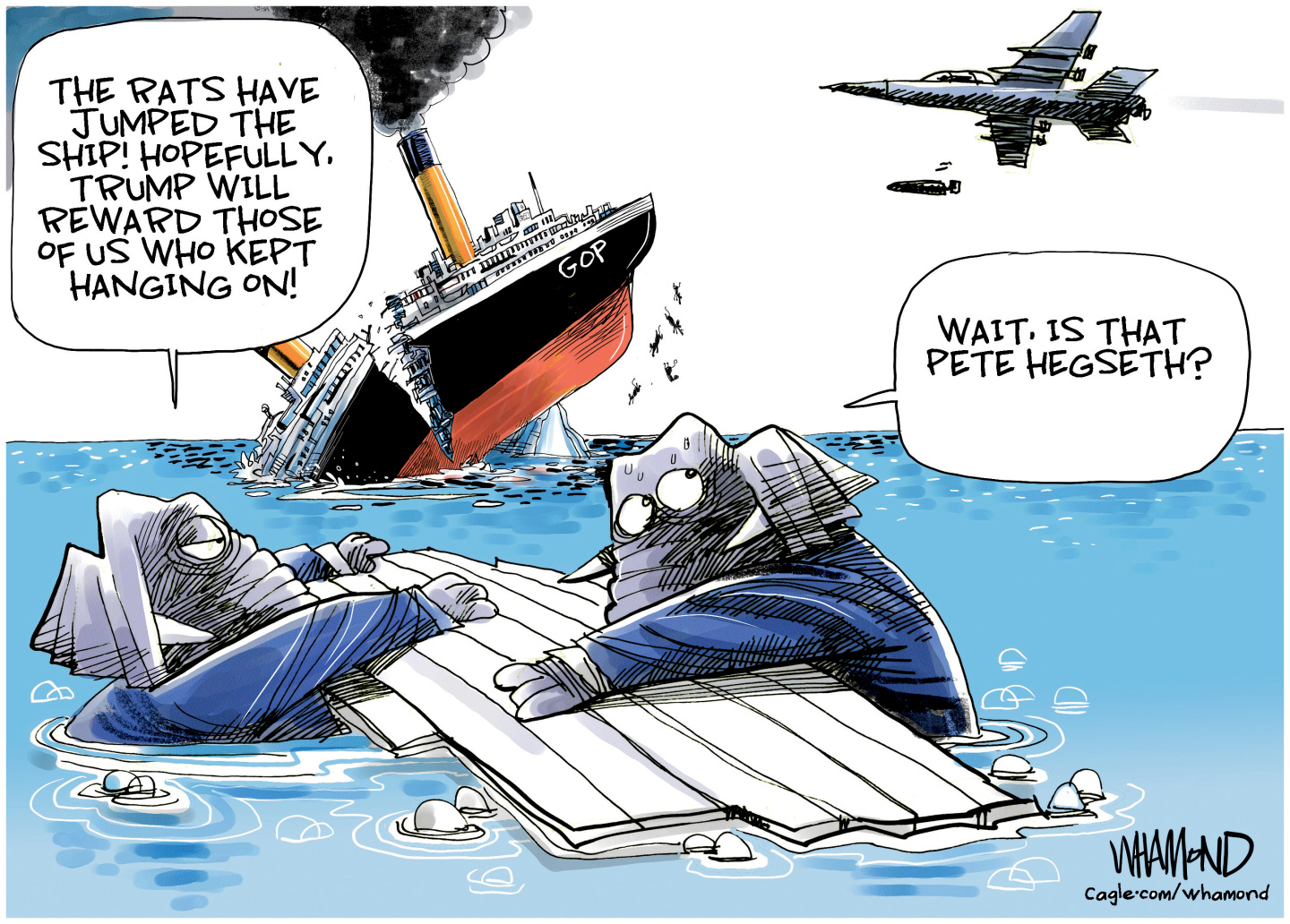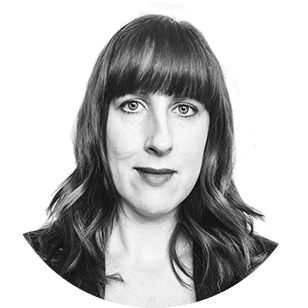Girls on Film: Blue Is the Warmest Color is a sexed-up failure
The Palme d'Or winner takes an emotional graphic novel about a lesbian relationship and turns it into yet another sexualized, voyeuristic lesbian love story


TORONTO, CANADA — Some things are inevitable: Death, taxes, and the buzz that erupts when a movie features graphic sex scenes.
In May, Abdellatif Kechiche's Blue Is the Warmest Color took the Cannes Film Festival by storm, scoring mass praise, earning the Palme d'Or, and becoming the latest in a long line of films boasting new heights of sexual audacity. The buzzy French film is now hitting North American festivals — first Telluride, and now the Toronto International Film Festival — in advance of its U.S. release on October 25 (which comes complete with NC-17 rating).
Blue Is the Warmest Color details the rise and fall of two young women in love. Stars Adèle Exarchopoulos and Lea Seydoux partake in a graphic 10-minute sex scene in which the only barriers between their passionate caresses are realistic molds of their vaginas that were seamlessly placed over the real thing. The scene is a mere blip in a robust three-hour film, but it's the backbone of the endeavor — and a lightning rod as Sundance Selects embraces the controversy by ushering the film into theaters during the thick of the awards season.
The Week
Escape your echo chamber. Get the facts behind the news, plus analysis from multiple perspectives.

Sign up for The Week's Free Newsletters
From our morning news briefing to a weekly Good News Newsletter, get the best of The Week delivered directly to your inbox.
From our morning news briefing to a weekly Good News Newsletter, get the best of The Week delivered directly to your inbox.
Some critics have championed Blue Is the Warmest Color as an honest and groundbreaking story of a lesbian relationship. Unfortunately, the truth is far more complicated. The things that some deemed progressive, modern, and tender are actually regressive in conjunction with the film's source material: Julie Maroh's powerful and inspiring 2010 graphic novel, which has been whittled into an emotionally fragile and lust-filled story that's been filtered through an unmistakably male gaze.
The coming-of age story is told through a series of diary entries read by a woman's partner upon her death. Emma sits in Clementine's childhood room, reading through Clementine's teenage struggles to reconcile her sexuality with the pressures of a homophobic family and society in 1990s France. By costrasting Clementine's original thoughts and emotions written on the page with Emma's reaction to them, Blue Is the Warmest Color thrives on an interplay between old and new as Emma is thrust into both Clementine's mind and environment.
By focusing on Clementine's emotions and private thoughts, Maroh creates an intensely personal story about the universally relatable quest for love and happiness. The naive girl who starts off desperate to conform gradually matures, through pain and struggle, to accept herself and what she truly wants. "You saved me," Clementine writes to Emma, "from a life filled with absurd prejudice and morality and allowed me to grow." But Maroh is careful not to define her protagonist solely by love. Clementine isn't the traditional romantic hero who cares about nothing but her lover; she is only ready to commit to Emma when she works through her infatuation and finds emotional well-being and balance on her own. And even then, there is no happily ever after — just a future that will be filled with highs and lows.
In the film, Clementine's arc of exploration and growth is replaced with the well-traveled cinematic exploration of lust that devolves into monotony and pain. In fact, Clementine ceases to exist entirely; Kechiche changes her name to Adèle so that the character can be blended into the actress that plays her. The protagonist ceases to be a woman coming to terms with her sexuality — instead, she's a woman in an art-fueled, incendiary affair that leaves her lesbianism unspoken and possibly fleeting. Adèle and Emma's romance is couched between moments of heterosexual sex that make us question Adèle's attachment to Emma, and is further complicated by a male character whose advances Adèle entertains.
A free daily email with the biggest news stories of the day – and the best features from TheWeek.com
Throughout Blue Is the Warmest Color, Kechiche's camera stays close to Adèle's face, eager to catch any grimace, tear, or drip of snot that keeps the film highly personal — until the sex scene, when Kechiche pulls the camera back to move up and down over the female form, lingering for 10 minutes as his actresses contort into a series of complicated positions. His focus is not on the connection between the two women as Emma carefully introduces Clementine to sexual pleasure, but on a series of advanced contortions — the camera focused on the erotic event instead of the interpersonal connection.
The female voice and empowerment of Maroh's story has been removed. The personal is traded for the theoretical, as Kechiche swaps detached critical discussions about love for Maroh's interpersonal treatment. Instead of interactions between Adèle and her friends, Kechiche peppers the film with long discussions of art and literature. Instead of a relationship between two equals, Adèle becomes the muse, the model fling during Emma's quest for artistic success. She poses for Emma and entertains endless questions about her experiences as a muse, her image on canvas washed in a sea of blue hues before Emma ultimately moves onto to a new and fresh red period. It's an audacious nod to Picasso, whose depressive Blue Period was followed by a more vibrant Rose Period — but a link that boils Adèle's character down to nothing more than a depressive period in another woman's art.
Save the moments where she speaks of her passions or enters a demonstration and finds her voice in the power of chanting protest, Adèle is, like many women on the screen, alone. Her friends come and go, forwarding the plot and disappearing until she is nothing but a wife who works full time before coming home to cook and clean for the art world Emma courts. Her aimlessness and struggle are oppressively framed by a camera that always rests close to her face, eager to capture her pain.
This is an extension of Kechiche's approach as a director. In an interview with The Daily Beast, actresses Seydoux and Exarchopoulos describe a grueling experience where they felt "trapped" during the shoot — where two months extended into five-and-a-half months as the filmmaker searched "because he didn't really know what he wanted." Seydoux described the filmmaking experience as "horrible" —(emphasis hers) — and both actresses says they don't want to work with Kechiche again. Exarchopoulos says that Blue Is the Warmest Color is so emotional "because you can see that we were really suffering. […] She was really hitting me. And once she was hitting me, there were people screaming 'Hit her!'" Kechiche urged them to continue even when Exarchopoulos injured herself. "We shot so many intense scenes and he only kept like 10 percent of the film. It's nothing compared to what we did. And in that scene [a tearful moment in a diner], [Seydoux] tried to stop my nose from running and he screamed, 'No! Kiss her! Lick her snot!'"
A few weeks after the film hit Cannes, Maroh responded to Kechiche's treatment of her story — rightly concerned, in her words, with "the banalisation of homosexuality." As an artist, she appreciates his vision as "another version/vision/reality of the same story," but as a lesbian, she found the sex scenes "a brutal and surgical display, exuberant and cold, of so-called lesbian sex." Maroh notes the link between his view of pleasure and a scene in which his characters talk about "the feminine orgasm, as mystic and far superior to the masculine one." In other words, her exploration of "how a romantic encounter happens" made to "catch the attention of those who had no clue, had the wrong picture […] hated me/us" became yet another exploration of women through the male gaze.
The New York Times' Manohla Dargis noted the same: "As the camera hovers over [Adèle's] open mouth and splayed body, even while she sleeps with her derrière prettily framed, the movie feels far more about Mr. Kechiche's desires than anything else."
"[He] registers as oblivious to real women," she writes. "He's as bad as the male character who prattles on about 'mystical' female orgasms and art without evident awareness of the barriers female artists faced or why those barriers might help explain the kind of art, including centuries of writhing female nudes, that was produced."
But rather than spark a discussion of what it means when a female-written story about lesbians — designed to show the humanity in their relationship — is transformed into a highly erotic film by a man employing a voyeuristic male gaze, both women's responses have been falsely dismissed by male critics like Entertainment Weekly's Owen Gleiberman.
"It's almost too easy to attack Julie Maroh's contention," Gleiberman writes. He claims that Maroh's response to the film argues that the characters should've been played by lesbians — rather than her actual assertion: That the obvious lack of lesbians on set made the sex scenes feel false. He then argues that Dargis's and Maroh's insights, which he labels "leftist-feminist critique," hinge on beauty, not sexuality — that criticisms of the film's gaze are just dissatisfaction with seeing beautiful women engage in sex. It's an argument he uses to marginalize the women's insights, and one to quantify beauty, asking if films are "better" with actresses like the stars of Rose Troche's Go Fish (presumably because the low-budget, black-and-white film sees beautiful star Guinevere Turner in '90s tomboy-wear).
The discussions are playing out much like the controversy that rose out of The Help, when African-American women's critiques were questioned, their authority and experiences as black women deemed secondary (or even irrelevant) to the white woman who created the story. Now women who question the obvious male filter Blue Is the Warmest Color went through on its journey to the screen are challenged or ignored, with their arguments being whittled into false equivalencies.
Blue Is the Warmest Color is not a terrible film. It packs a strong emotional punch made devastating by its actresses (especially the wise-beyond-her-years Exarchopoulos). But it is a film that specifically converts a strong, human story about lesbian love into a voyeuristic and theoretical treatment of lesbian love that both sexualizes and undermines the sexuality Maroh carefully relayed in her graphic novel. Kechiche's focus on Adèle is compelling, but he also ignores the true uniqueness of the story to focus on all-too-recognizable tropes of superficial passion and women's ennui in cold and subservient relationships.
Critiques of Blue Is the Warmest Color are not a call against beauty, nor a demand for actors to be like their characters. They are a worthwhile commentary on just how much female-centric stories can change through the male perspective — and what worthwhile stories get left behind in the process.
Girls on Film is a weekly column focusing on women and cinema. It can be found at TheWeek.com every Friday morning. And be sure to follow the Girls on Film Twitter feed for additional femme-con.
Monika Bartyzel is a freelance writer and creator of Girls on Film, a weekly look at femme-centric film news and concerns, now appearing at TheWeek.com. Her work has been published on sites including The Atlantic, Movies.com, Moviefone, Collider, and the now-defunct Cinematical, where she was a lead writer and assignment editor.
-
 Political cartoons for December 20
Political cartoons for December 20Cartoons Saturday’s political cartoons include drowning rats, the ACA, and more
-
 5 fairly vain cartoons about Vanity Fair’s interviews with Susie Wiles
5 fairly vain cartoons about Vanity Fair’s interviews with Susie WilesCartoon Artists take on demolition derby, alcoholic personality, and more
-
 Joanna Trollope: novelist who had a No. 1 bestseller with The Rector’s Wife
Joanna Trollope: novelist who had a No. 1 bestseller with The Rector’s WifeIn the Spotlight Trollope found fame with intelligent novels about the dramas and dilemmas of modern women
